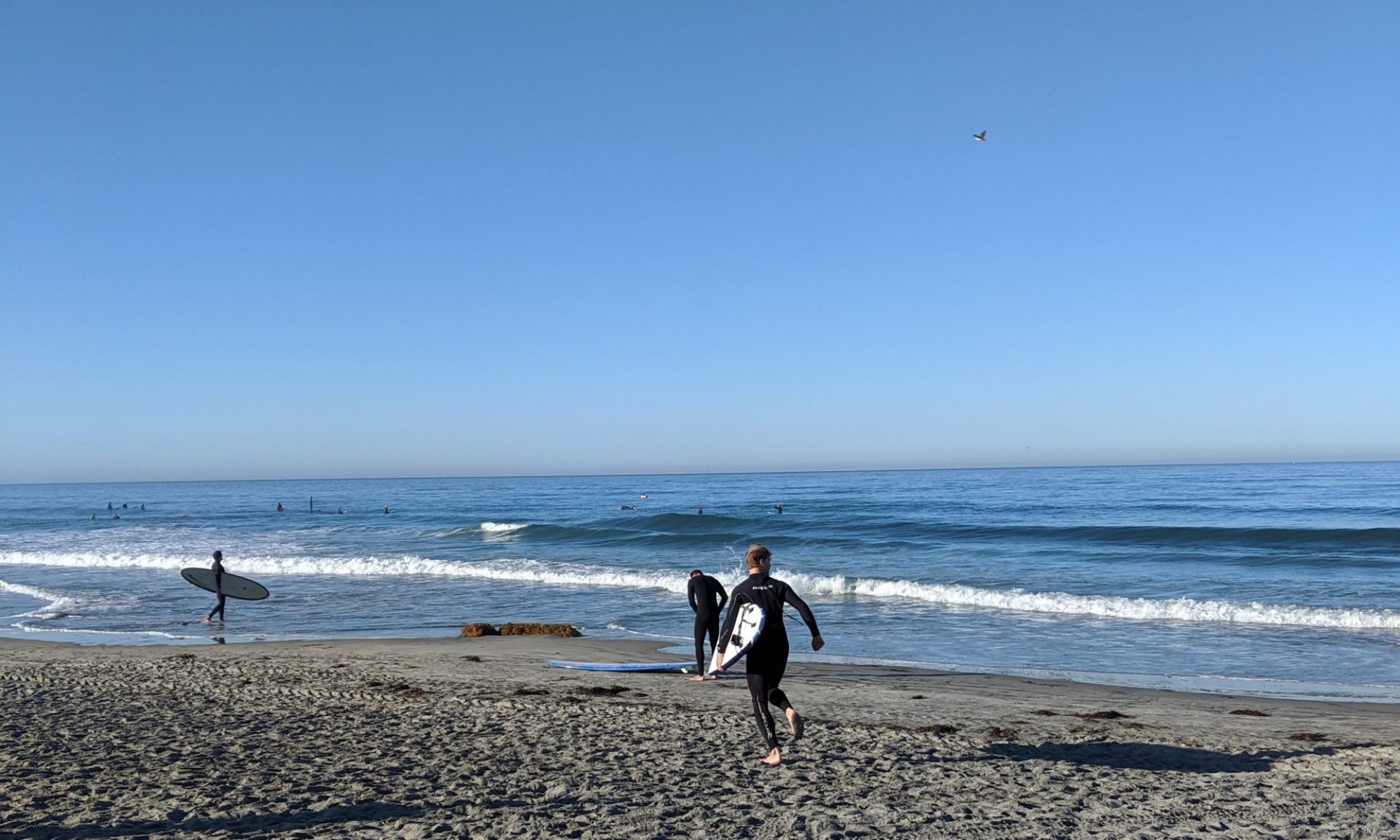Finally, there is an introductory book on the theory behind Ambisonics and its practical applications:

From the preface:
Despite the Ambisonic technology has been practiced in the academic world for quite some time, it is happening now that the recent ITU, MPEG-H, and ETSI standards firmly fix it into the production and media broadcasting world. What is more, Internet giants Google/YouTube recently recommended to use tools that have been well adopted from what the academic world is currently using. Last but most importantly, the boost given to the Ambisonic technology by recent advancements has been in usability [..] the usability increased by plugins integrating higher-order Ambisonic production in digital audio workstations or mixers. And this progress was a great motivation to write a book about the basics.
The book is dedicated to provide a deeper understanding of Ambisonic technologies, especially for but not limited to readers who are scientists, audio-system engineers, and audio recording engineers. As, from time to time, the underlying maths would get too long for practical readability, the book comes with a comprehensive appendix with the beautiful mathematical details.
This book closes a big gap – I am not aware of any existing comprehensive introductory literature on this topic. So finally, a book I can safely recommend to colleagues who want to learn more Ambisonics. Beside the hardcopy, Franz and Matthias also managed to make the ebook version available as open access!


